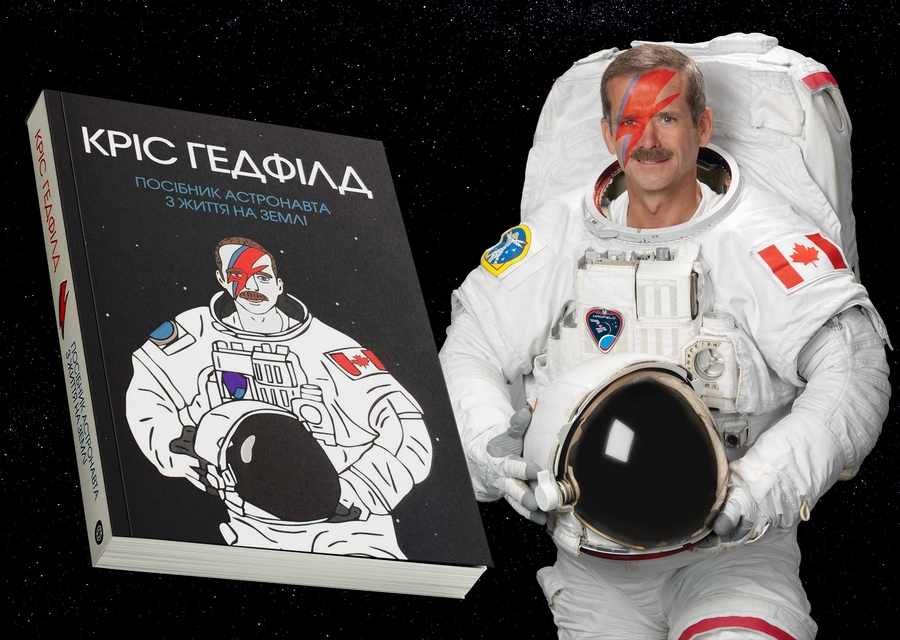Engineer, colonel, test pilot and fighter pilot, musician, husband and proud father of three children, the first Canadian to go into outer space, a space SMM manager — it’s all about Chris Hadfield. He is one of the most experienced astronauts on the planet: he visited space three times, spending a total of almost 4,000 hours there, and participated in the construction of the International Space Station.

At first glance, Chris Hadfield’s career path may seem predetermined: engineer, test pilot, astronaut. It looks as a model route for anyone in this industry — straight and smooth. But in reality it is not so. There were sharp turns and dead ends all along the way.
As a nine-years boy Chris spent the summer with his parents and four siblings on Stag Island in Ontario. There was no television in the house, so on July 20, 1969, the Hadfield family, together with almost all the inhabitants of the island, gathered in the cramped living room of the neighbors to see the man stepping on the surface of the Moon. Chris recalls in his memoirs that the event impressed him immensely, so that on his way he felt filled with determination to become an astronaut one day.
But like all children in Canada, he also knew that this was impossible. The astronauts were Americans. NASA accepted applications only from US citizens, and Canada did not even have its own space agency at the time. But… “Even yesterday, a walk on the Moon was impossible. But that didn’t stop Neil Armstrong,” the future astronaut thought to himself.
Chris grew up at a corn farm near the Toronto airport, from where the boy’s father regularly took off as a civil aviation pilot. The road to extracurricular classes took about two hours, but as the author claims, this only forged his patience, because “it is not difficult at all to force yourself to work hard when you want something as much as I wanted to become an astronaut.”
When the boy was thirteen, he joined the “air cadets”. Here he was taught military discipline, leadership, and also piloting. At the age of fifteen, he received his glider pilot’s license, and a year later began learning to fly powered aircraft. In those days, the shortest way to NASA was through the army, so the next step was to enter a military school. It wasn’t until Chris Hadfield was 24 years old that Canada recruited its first astronaut squad.
It would be a mistake to think that An Astronaut’s Guide… is only about space. The content is much broader: commitment, dreams, values, relationships. Hadfield talks candidly about the price he had to pay for his space journeys. Hundreds of hours of training far from home and constant stress did not contribute to family relationships. Chris tells how he came home one day after a long mission, and when he tried to discipline his children, he got an unexpectedly harsh retaliation from them. His wife explained that after all the travels he cannot just return and be a “father» — he must earn this right by being there for them day by day.
In the book, space heroes and their families appear as ordinary men and women, united by a thirst for discovery and research. They overcome everyday difficulties, they fail, they succeed, they worry, they grieve, they go into space and they return to earthly challenges.
Space is relentless and cruel. Life on earth is not easy either. How to survive in both worlds? “If you start to believe that only the most significant and brightest moments in life matter, then you doom yourself to an almost constant feeling of failure. To feel good all the time, you need to pay attention to everything: small moments, moderate successes, achievements that no one knows about but you. The main thing is not to get overly proud of the big, bright moments that are so admired by others. You have to learn to enjoy them, celebrate them properly, and then move on,” advises the astronaut.
